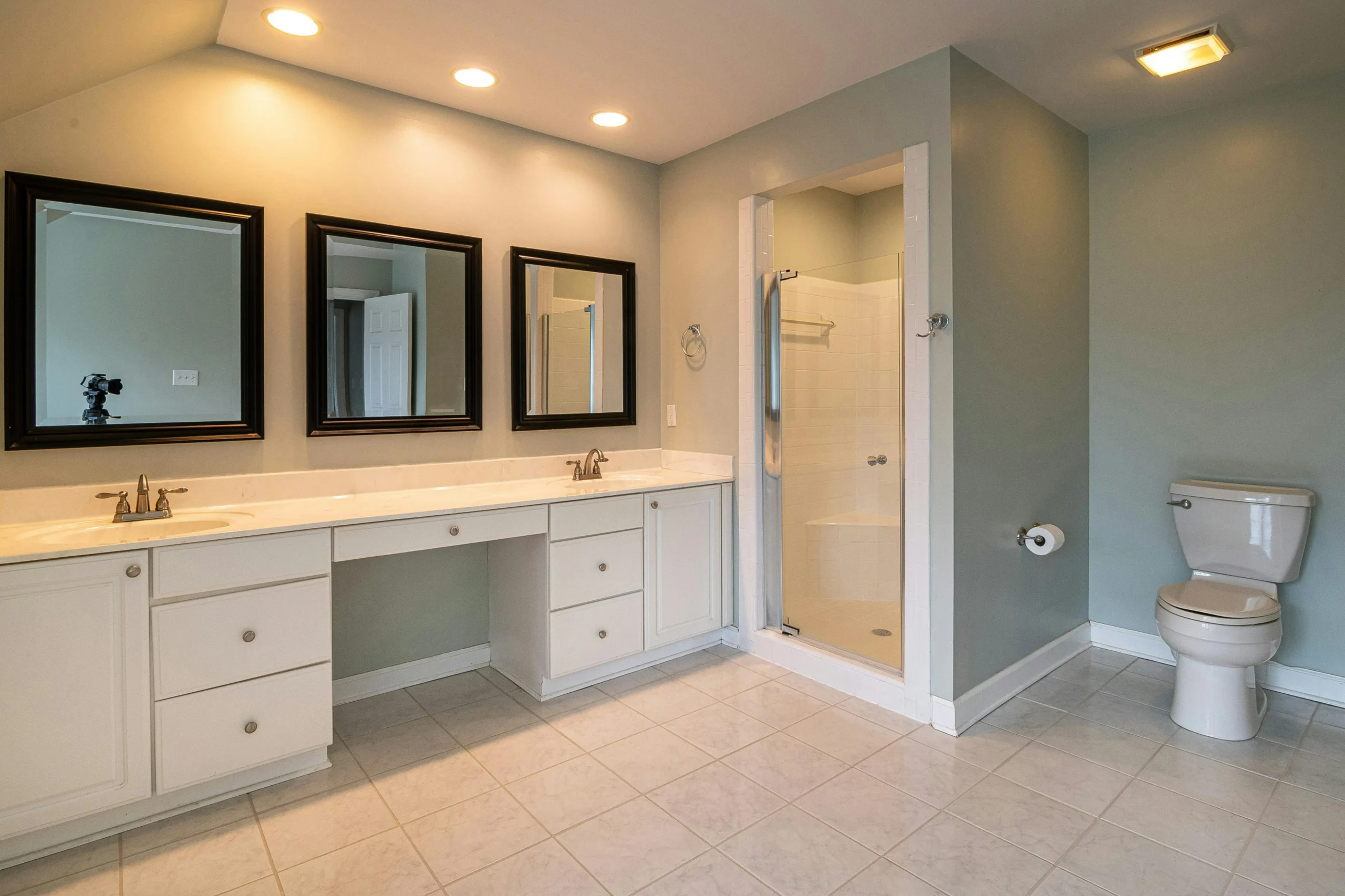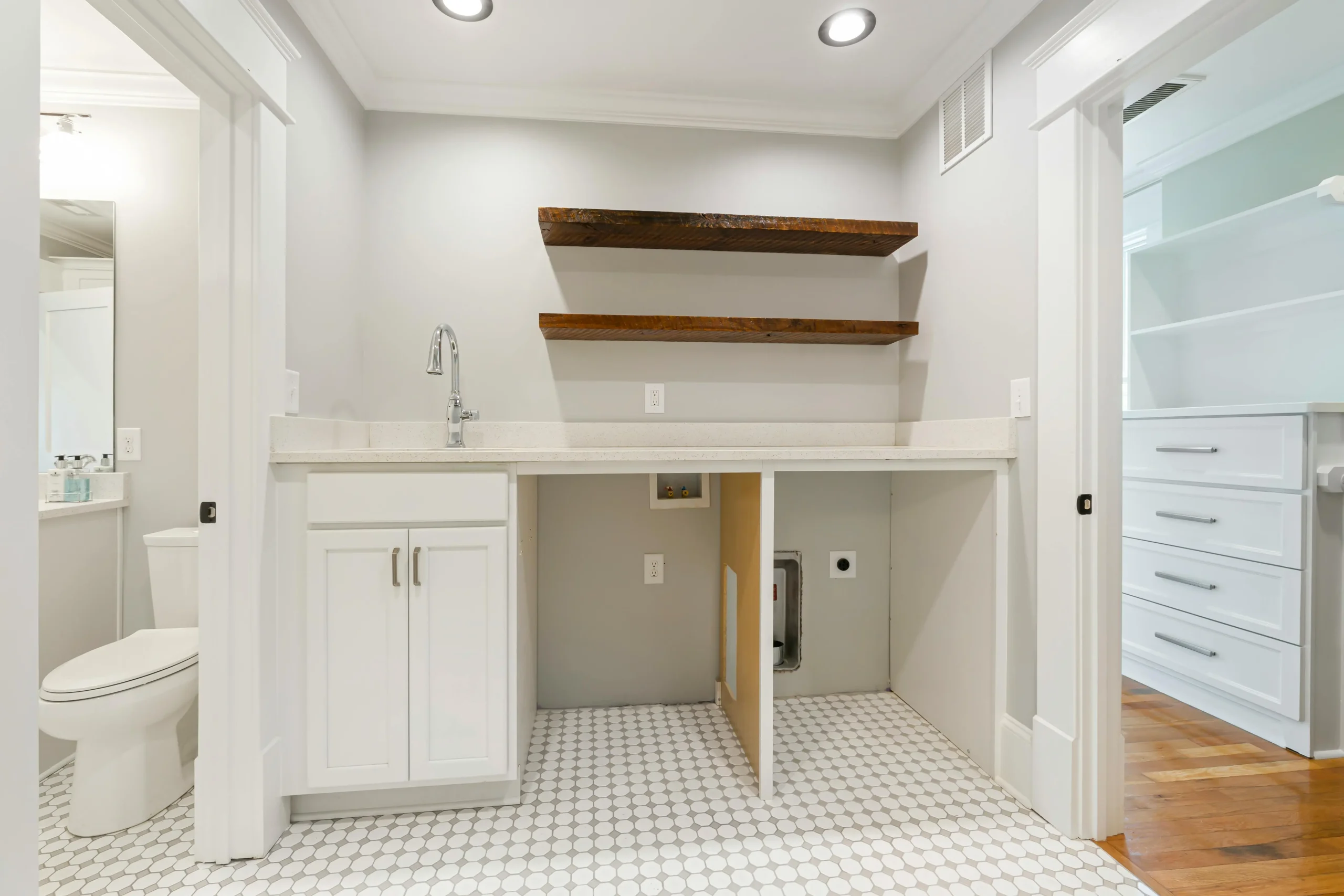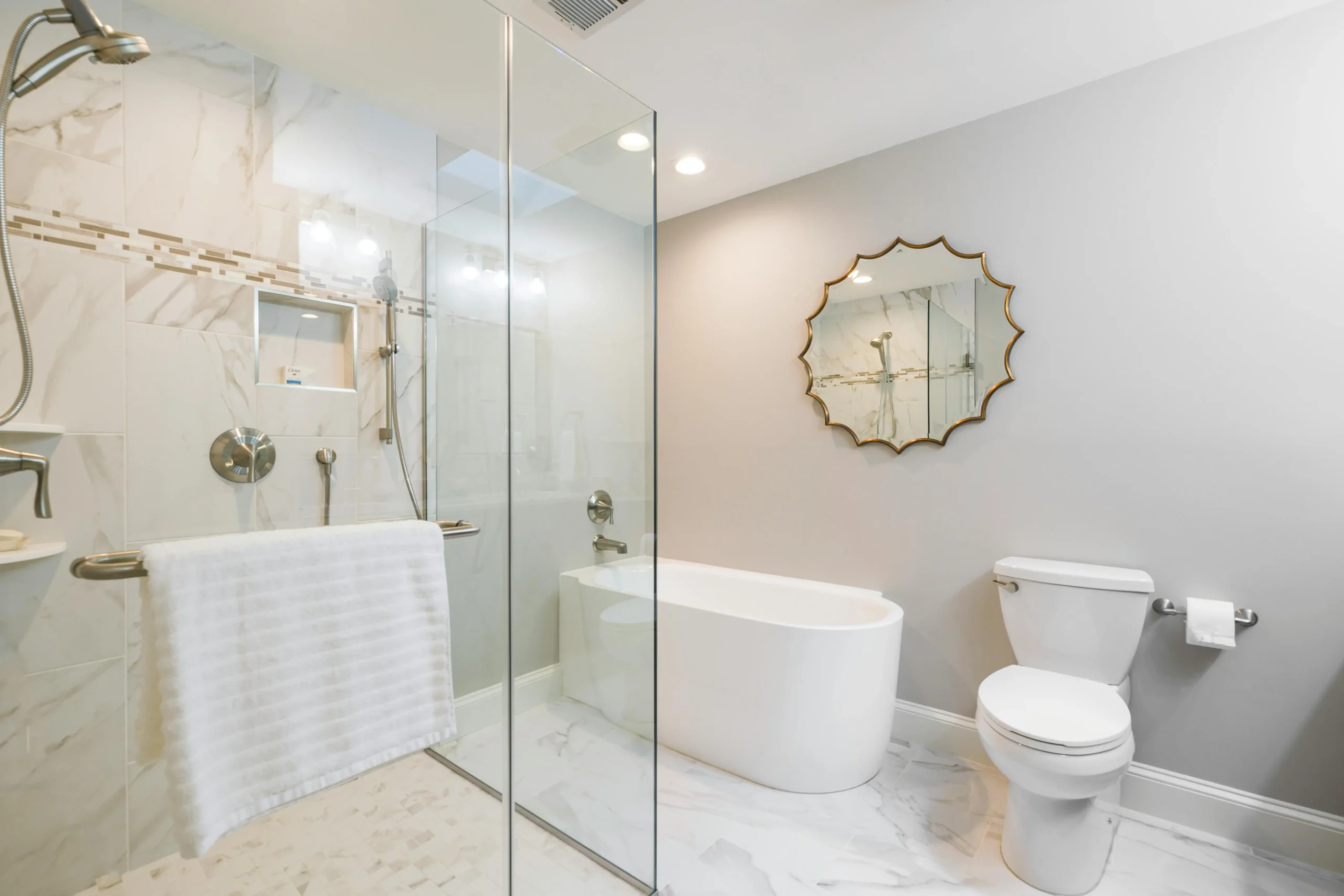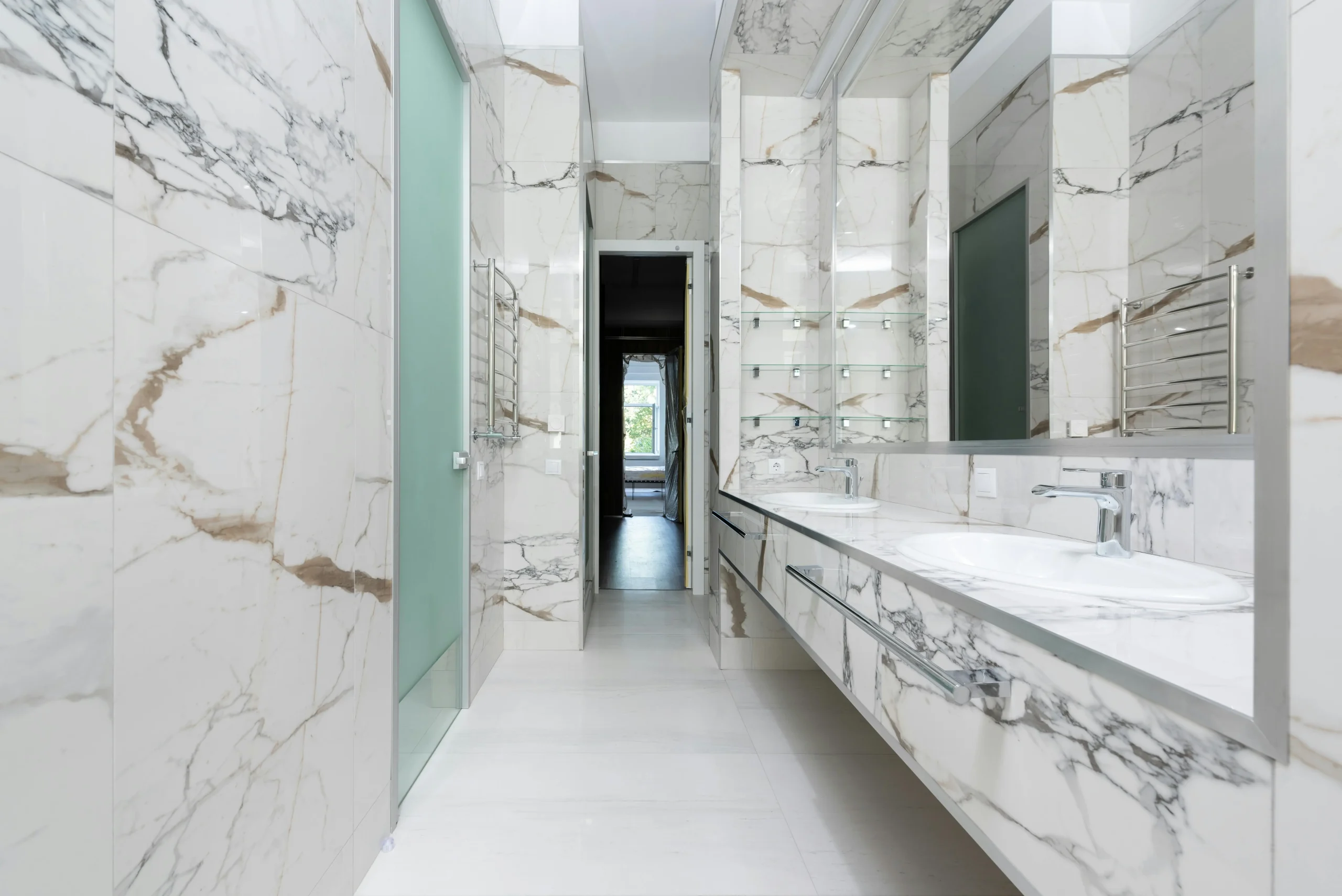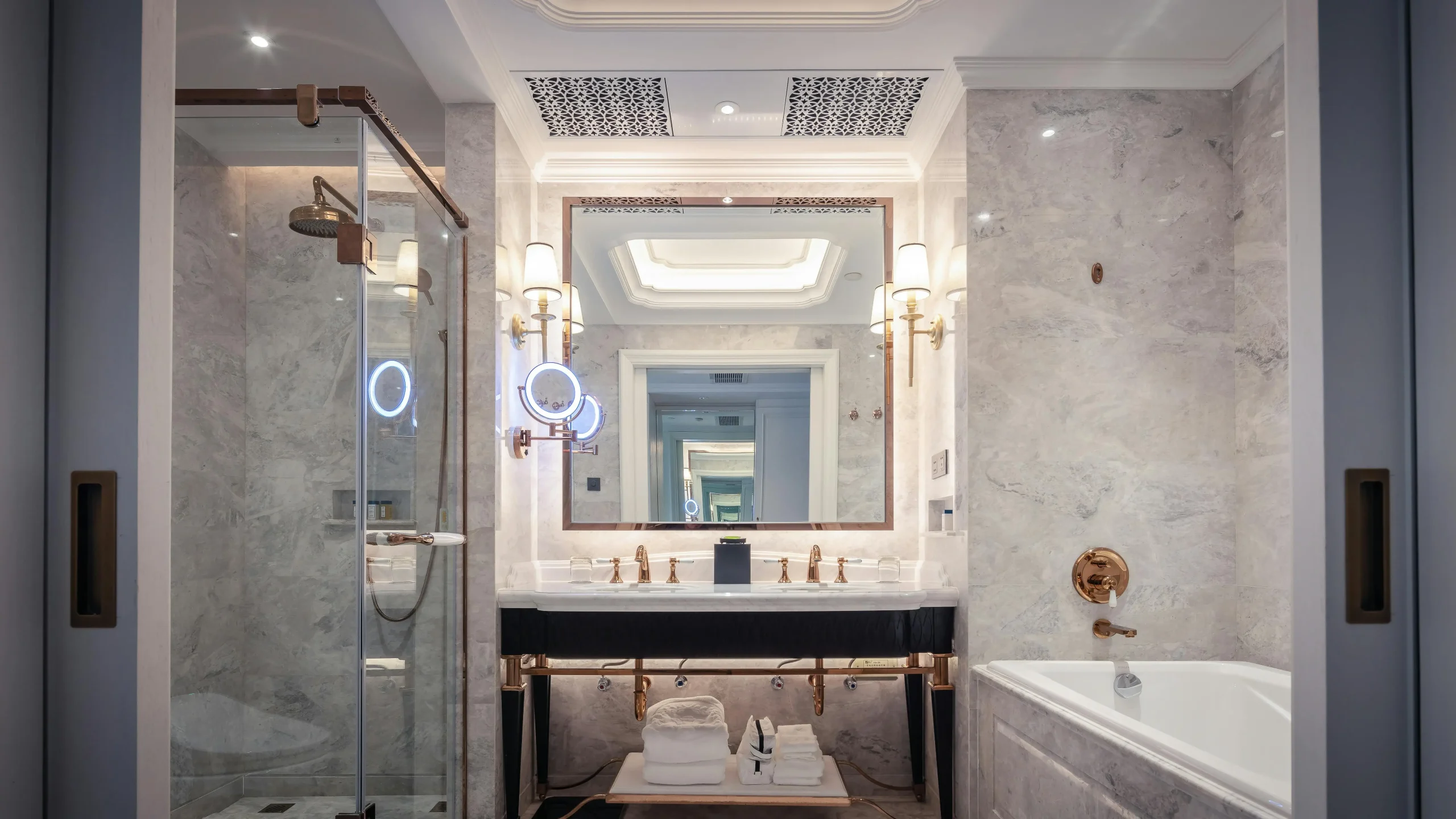Comprehensive Bathroom Remodel Cost Guide 2025
Understand bathroom remodeling costs by analyzing factors like local pricing trends, contractor impact, and bathroom size. This guide for 2025 simplifies remodel cost breakdowns, offering practical examples to help you budget effectively. Whether pursuing a DIY project or hiring professionals, gain insights into cost drivers to make informed decisions and maximize value.
Highlights of Average Bathroom Remodel Costs
Bathroom remodel costs vary based on factors like size, materials, labor, and location. Simpler remodels cost less, while extensive projects increase budgets. Critical costs include labor, plumbing, electrical work, and material quality. Market trends and regional pricing also influence expenses. Plan effectively with a detailed estimate, contingency fund, and transparent cost breakdown to meet expectations within budget.
Key Bathroom Remodel Cost Factors
Key bathroom remodel cost factors in 2025 include bathroom size, material quality, and labor costs. Larger bathrooms require more materials and labor, increasing expenses, while high-end fixtures further raise costs. Local market conditions and project scale also influence pricing. Consulting professionals ensures tailored estimates and better alignment of materials, fixtures, and layouts with your budget, minimizing surprises and enhancing cost-effectiveness.
Bathroom Size: How It Affects Costs
Bathroom size significantly impacts remodel costs. Smaller bathrooms require less material and labor, reducing expenses, while larger spaces increase costs due to greater square footage and longer labor hours. The average cost varies from compact powder rooms to expansive master baths. Larger bathrooms often demand higher budgets for additional materials and potential plumbing adjustments. Understanding this relationship helps homeowners budget effectively and plan their projects to achieve desired results.
Examples of Bathroom Remodel Cost Breakdown
Understanding the components of bathroom remodel costs aids in effective planning and budgeting. This guide provides a detailed cost breakdown, covering materials, labor, and miscellaneous expenses. Labor costs, a significant portion of expenses, vary by region and project demands. Reviewing these factors clarifies how choices in materials and labor impact budgets, helping homeowners estimate costs accurately and align renovation goals with financial capabilities.
Average Cost by Bathroom Size
Bathroom remodel costs vary significantly with size, affecting the scope and budget. Smaller bathrooms require fewer materials and labor, reducing expenses, while larger spaces demand more resources, increasing costs. For example, remodeling a half-bath costs less than upgrading a feature-rich master bath. Analyzing costs by size helps homeowners set realistic budgets, plan efficiently, and align expenditures with renovation goals.
How Much Does It Cost to Remodel a Bathroom?
The average bathroom remodel costs $6,000 to $15,000, depending on factors like size, materials, and labor. Small half-bathrooms may cost $3,000 to $7,000, while master bathrooms can exceed $20,000. Costs vary by region, project complexity, and fixture quality, making detailed estimates essential for accurate budgeting.
What Matters Most When Remodeling Your Bathroom?
Bathroom remodeling success depends on thoughtful planning and key factors like material selection, fixture choices, and budgeting. High-quality materials enhance durability but may increase costs. Energy-efficient fixtures balance aesthetics and functionality. Consulting reputable contractors offers insights into cost management and effective spending. Consider bathroom size and plan for unexpected expenses to align your project with financial and aesthetic goals.
Bathroom Renovations vs. Bathroom Remodels: What’s the Difference?
Bathroom renovations and remodels differ in scope and cost. Renovations refresh existing elements like tiles, fixtures, or walls without structural changes, offering a cost-effective option for aesthetic updates. Remodels involve larger projects, such as layout changes or plumbing reconfigurations, requiring more resources and higher costs. Understanding these differences helps set realistic budgets and align your project with financial and design goals.
Potential Additional Costs and Considerations
Planning a bathroom remodel requires accounting for potential additional costs that can impact your budget. Factors like labor, fixture selection, and consultation fees often increase project expenses. Upgrades to plumbing or electrical systems, unforeseen structural issues, and high-end materials may add costs. Including a contingency fund for unexpected expenses ensures your remodel stays within budget while meeting expectations.
Labor Cost and Other Factors
Labor costs significantly impact bathroom remodel budgets, often comprising a large portion of total expenses. Contractor fees vary by project complexity and duration, so obtaining multiple quotes is essential. Existing space conditions and potential issues like plumbing or electrical updates can increase costs. Material and fixture choices also affect the budget, making collaboration with contractors crucial for understanding all expenses and ensuring predictable outcomes.
Cost Comparison by Type of Bathroom
Bathroom remodel costs vary by type, with master bathrooms typically requiring higher budgets due to their size and premium features. Half-baths, requiring fewer resources and labor, fall in a lower cost range. Guest and primary bathrooms have differing needs, reflecting in their costs. Setting a budget and consulting contractors ensures tailored estimates, helping align your project scope with financial expectations.
Features That May Affect Remodel Cost
Bathroom remodel costs depend on features like fixtures, cabinetry, and flooring, with high-end materials significantly increasing expenses. Labor, permits, and structural changes further affect costs. Early consultation with professionals helps estimate expenses and reduce surprises. Balancing necessity and luxury ensures proper budget allocation, achieving a functional, appealing space while managing costs effectively.
DIY vs. Hiring a Professional for Bathroom Remodeling
Deciding between DIY and hiring a contractor is crucial for bathroom remodeling. DIY can save costs if you have the skills, but errors may increase expenses. Contractors bring expertise, offering accurate estimates and efficient project completion. Weigh the project scale and your capabilities to decide. Balancing DIY efforts with professional guidance ensures quality and cost-effectiveness.
Tips on How to Save on Bathroom Remodeling Costs
Save on bathroom remodeling costs by prioritizing essential upgrades and using cost-effective materials. Reuse existing fixtures where possible and opt for energy-efficient options to lower long-term expenses. Compare multiple contractor quotes and handle minor tasks yourself to reduce labor costs. Planning thoroughly and setting a clear budget minimizes unforeseen expenses.
Benefits of Choosing a Bathroom Remodel
A bathroom remodel enhances home value, improves functionality, and elevates aesthetic appeal. Upgrades like energy-efficient fixtures reduce utility costs, while modern layouts increase comfort and storage. A remodeled bathroom provides a refreshed, personalized space, offering long-term satisfaction and aligning with contemporary design trends.
Questions to Ask a Pro before You Remodel Your Bathroom
Here are some essential questions to ask a professional before remodeling your bathroom:
- What is your experience with bathroom remodels?
Ask about their experience, certifications, and examples of previous work, including before-and-after photos. - Can you provide a detailed estimate and timeline?
Request a breakdown of costs and a clear timeline for the project, including potential delays. - What permits will be required, and will you handle them?
Ensure they know the local building codes and can manage the necessary permits. - What materials and brands do you recommend?
Discuss the quality, durability, and style of materials they plan to use. - How do you manage unexpected issues or changes?
Clarify how they handle unforeseen challenges or client-driven changes during the project. - Do you offer warranties or guarantees for your work?
Understand what kind of warranty covers their workmanship and materials. - Who will be working on the project?
Confirm if subcontractors will be involved and ensure they’re licensed and insured. - How will you protect my home during the remodel?
Discuss measures to minimize mess, noise, and disruption to your daily routine. - What is your payment schedule?
Verify the payment terms and avoid large upfront deposits. - Can you provide references?
Request contact details of previous clients to gather feedback about their experience.
These questions can help you make an informed decision and ensure a smooth remodeling process.
Frequently Asked Questions About Bathroom Remodels
What is the average cost of a bathroom remodel in 2025?
The average cost of a bathroom remodel in 2025 ranges from $6,000 to $15,000, depending on factors like size, materials, and labor. Small bathrooms may cost $3,000 to $7,000, while master bathrooms can exceed $20,000. Regional pricing and project complexity also influence overall expenses.
How do local pricing trends and hiring contractors impact the cost of a bathroom remodel?
Local pricing trends and contractor fees significantly impact bathroom remodel costs. Regions with higher labor rates or material costs can raise expenses. Hiring contractors adds expertise and efficiency but increases costs compared to DIY. Comparing multiple quotes helps manage budgets while ensuring quality work aligned with local market rates.
How does bathroom size influence remodeling costs?
Bathroom size directly influences remodeling costs. Smaller bathrooms cost less due to reduced material and labor needs, while larger spaces require more resources, increasing expenses. For example, a half-bath remodel may cost $3,000–$7,000, while a master bath can exceed $20,000. Size impacts the scope of work and overall budget.
What are some critical cost factors to consider in a bathroom remodel?
Critical cost factors in a bathroom remodel include labor, materials, fixtures, and potential plumbing or electrical upgrades. High-end materials and custom features increase expenses, while existing structural issues may add unforeseen costs. Labor typically represents a significant portion, making contractor selection and project scope crucial for budget management.
How can homeowners stay within their budget when planning a bathroom remodel?
Homeowners can stay within budget during a bathroom remodel by setting clear priorities, reusing existing fixtures, and choosing cost-effective materials. Obtaining multiple contractor quotes ensures competitive pricing. Planning for unexpected expenses with a contingency fund and avoiding mid-project changes also helps manage costs effectively.

